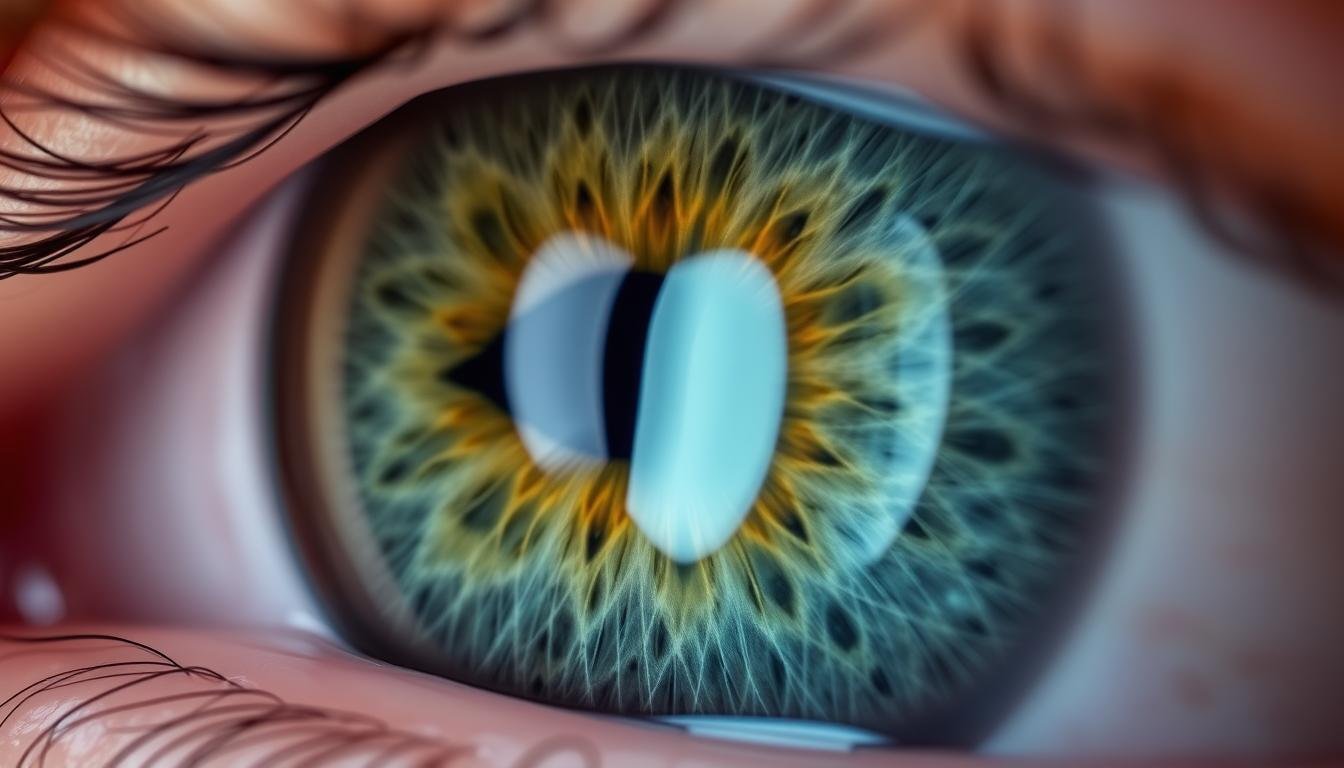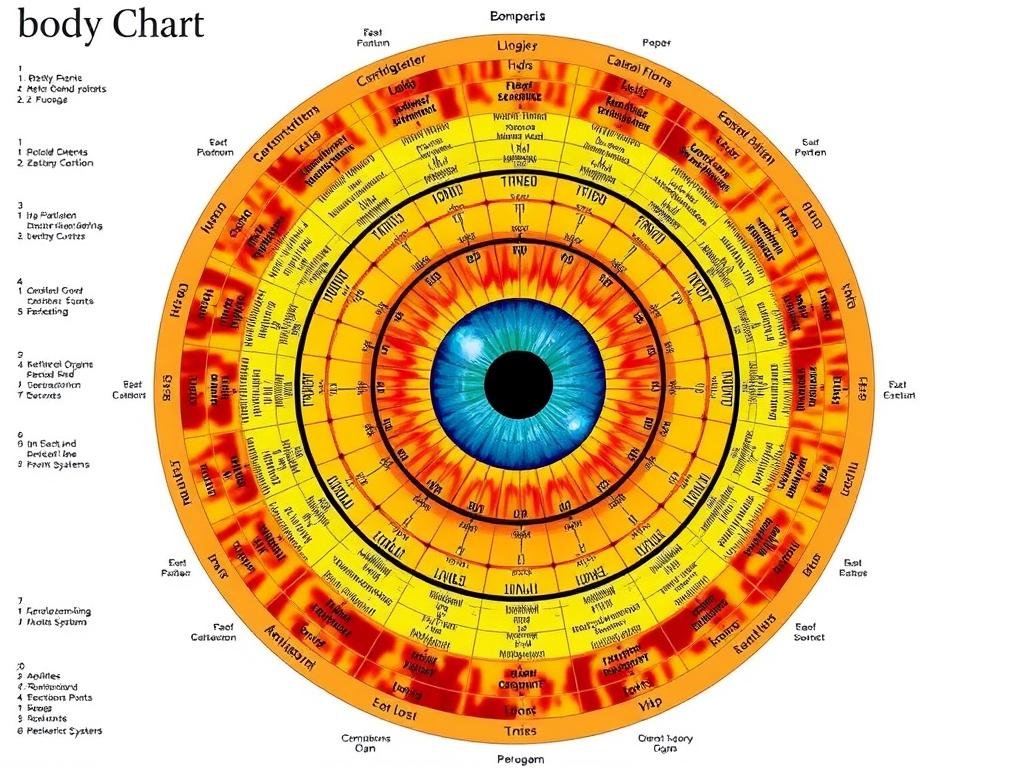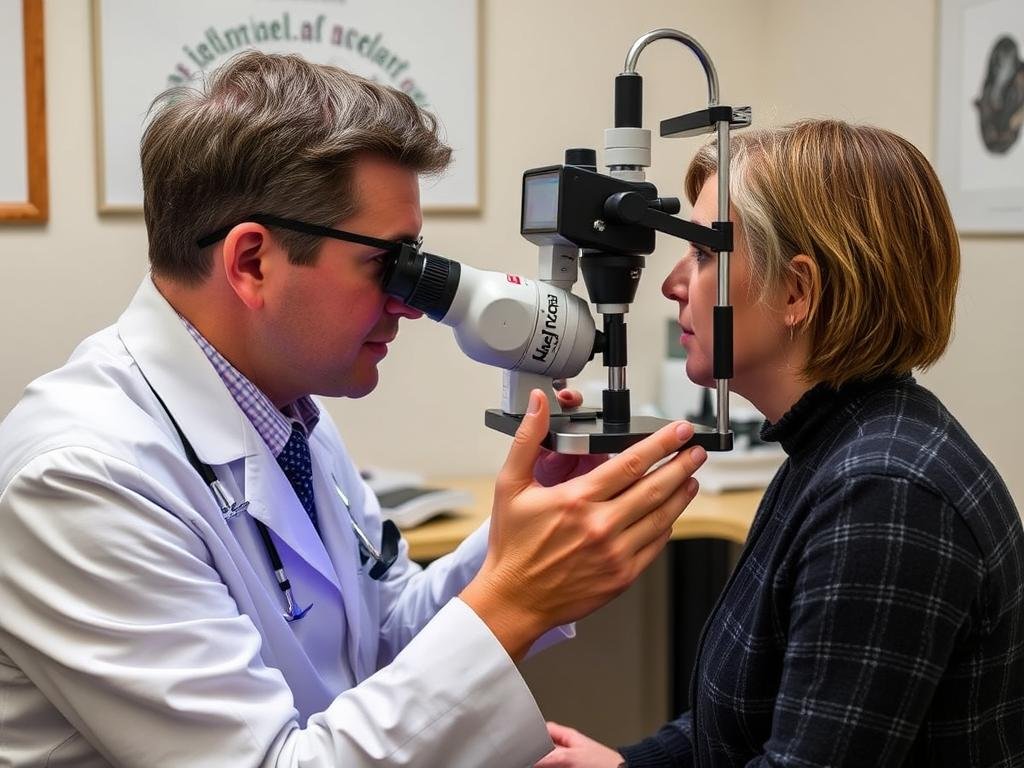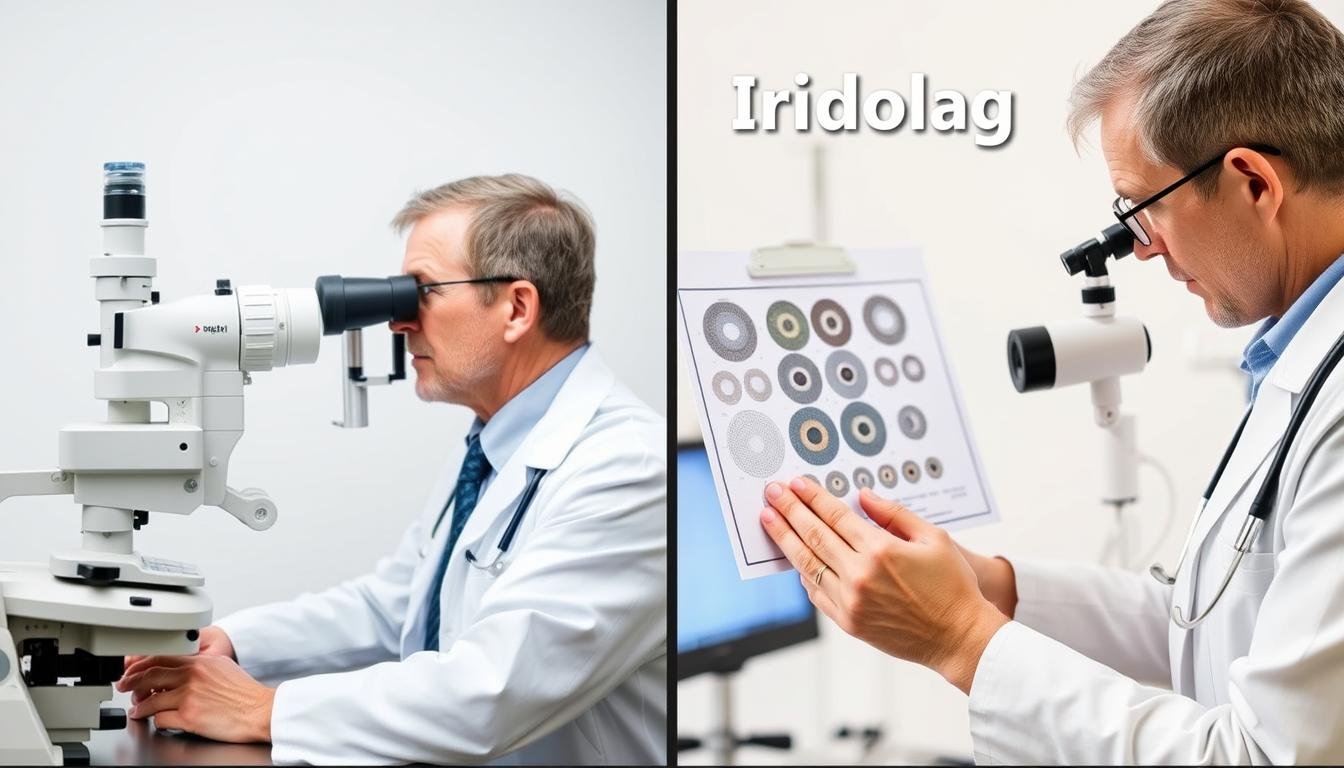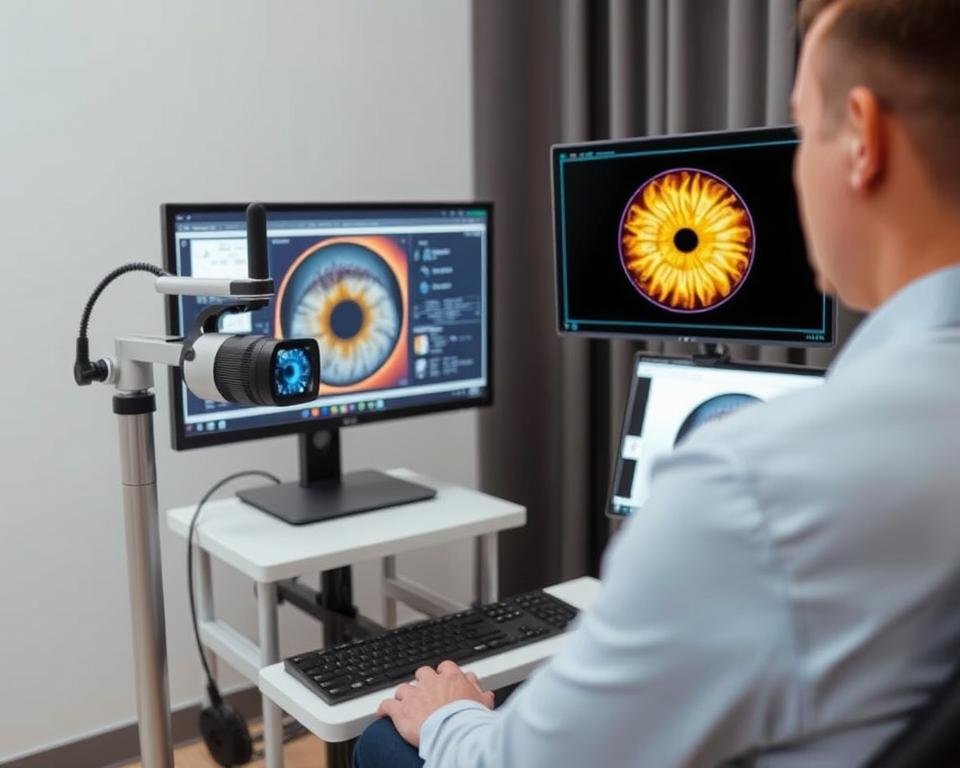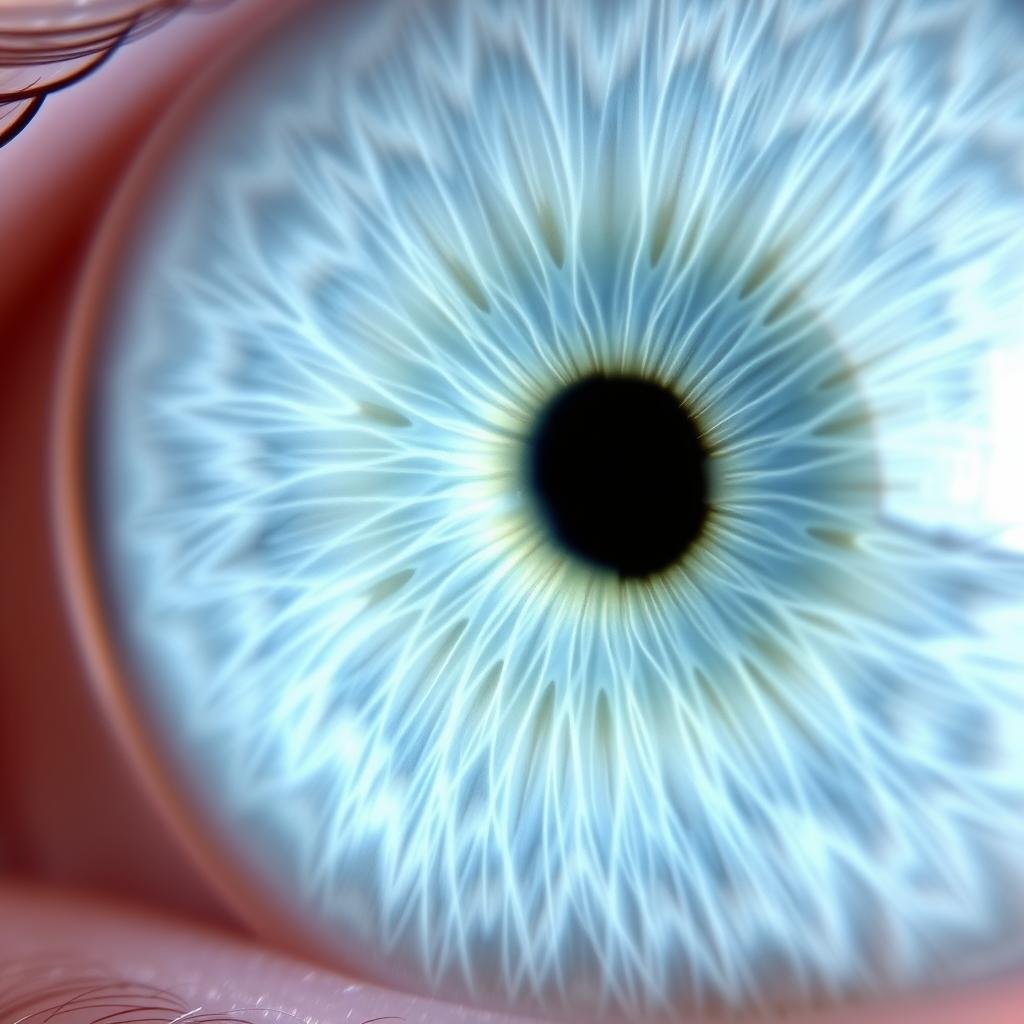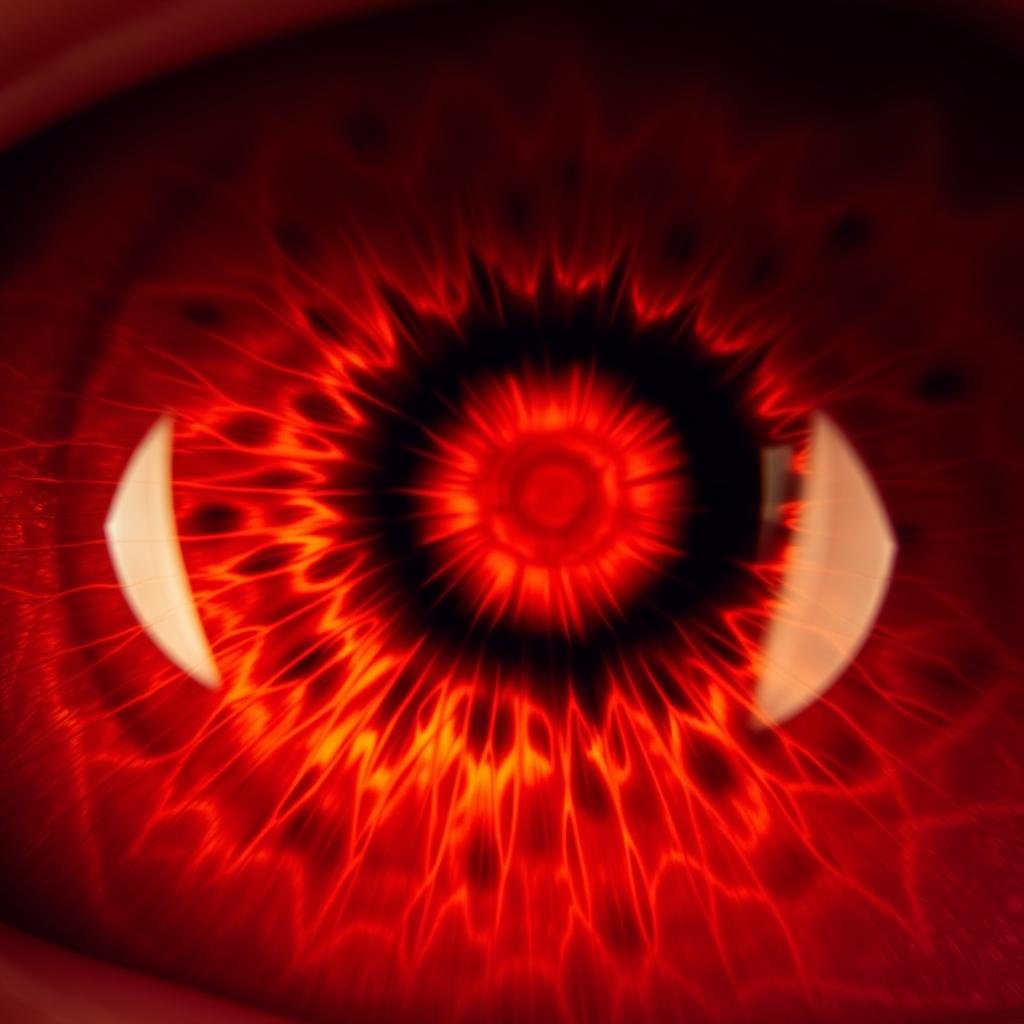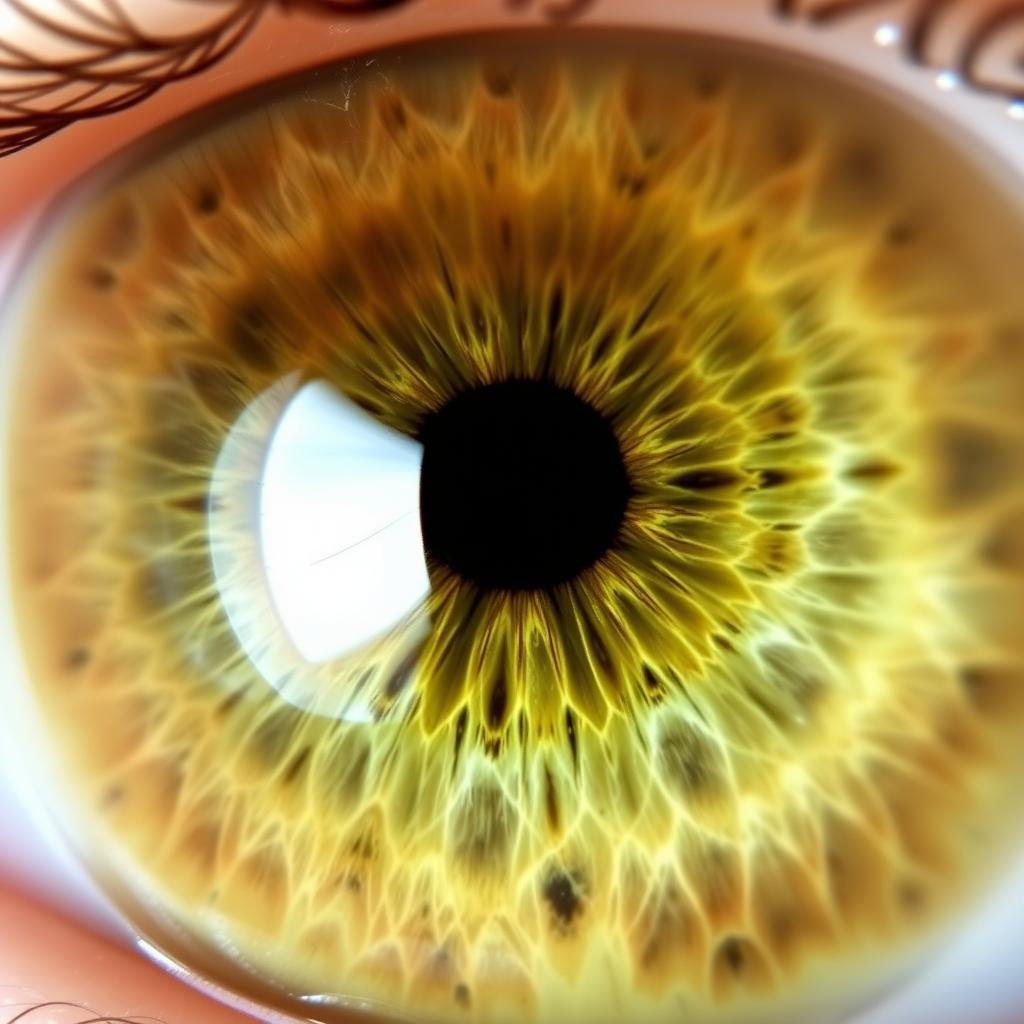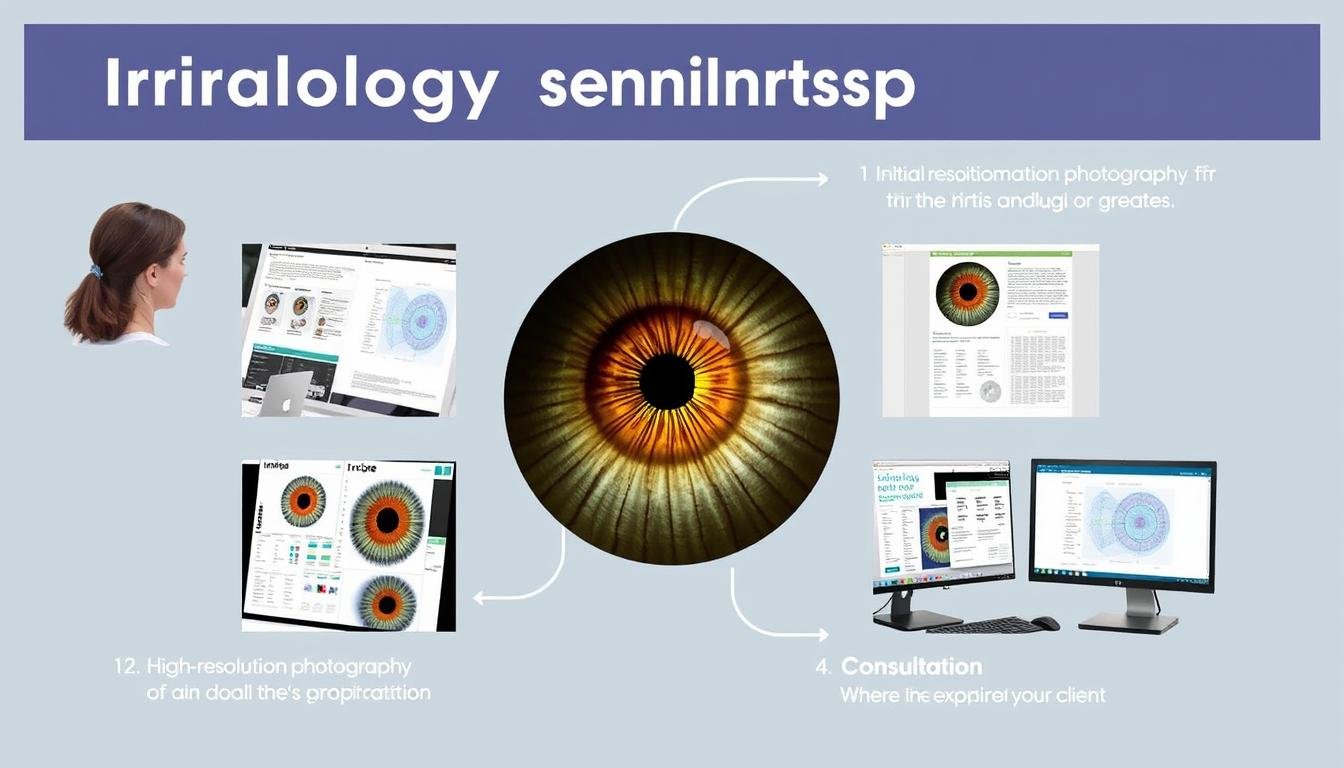What Is Iridology Meaning, History, and Modern Applications-Iridology is the study of the iris, the colored part of the eye, as a reflection of overall health and wellness. Practitioners believe that specific patterns, colors, and markings in the iris can reveal information about a person’s physical condition and potential health concerns. While controversial in mainstream medicine, iridology has persisted as an alternative diagnostic method for over a century. This comprehensive guide explores the meaning of iridology, its historical development, how it claims to work, and its place in modern wellness practices.
What Is Iridology? Understanding the Basic Meaning
What Is Iridology Meaning-Iridology (pronounced eye-rid-ology) is defined as the study of the patterns, colors, and other characteristics of the iris to determine information about a person’s systemic health. The fundamental premise is that the iris connects to every organ and tissue in the body through the nervous system and can reflect changes in these tissues through alterations in iris structure and appearance.
Iridologists claim they can use the iris to distinguish between healthy systems and organs in the body and those that are overactive, inflamed, or distressed. They believe the iris can demonstrate a person’s susceptibility toward specific diseases, reveal past medical problems, or indicate current health concerns before physical symptoms appear.
The iris contains thousands of nerve endings connected to the brain and is considered one of the most complex external structures of the human anatomy. Like fingerprints, no two irises are exactly alike, making each person’s iris pattern unique.
Curious About Your Eye Health?
While iridology is considered an alternative practice, regular eye exams are essential for maintaining vision health and can detect many medical conditions.
Trova un oculista vicino a te


The Historical Origins of Iridology
The earliest documented principles of iridology date back to Chromatica Medica, published in 1665 by Philippus Meyeus, who claimed to observe changes in the eye as a result of healing processes. However, modern iridology as we know it today began to take shape in the 19th century.
Dr. Ignaz von Peczely, a Hungarian physician, is widely recognized as the founding father of modern iridology. According to popular accounts, as a child, von Peczely noticed changes in an owl’s iris after the bird suffered a broken leg. This observation sparked his interest in the connection between iris markings and physical trauma or disease. In 1881, he published his first work on the subject, introducing the term Augendiagnostik (‘eye diagnosis’).
Another significant contributor was Nils Liljequist from Sweden, who observed changes in his iris coloration after medical treatments for lymph node issues. Inspired by these observations, he created and published an atlas of ‘eye diagnosis’ in 1893, further developing the field.
What Is Iridology Meaning-Iridology gained popularity in the United States during the 1950s, when Bernard Jensen, an American chiropractor, began teaching his own method and published several influential books on the subject. Jensen’s work helped establish iridology as a recognized practice within alternative medicine in North America.

How Iridology Claims to Work
Iridology is based on the premise that the iris is connected to every organ and tissue in the body through thousands of nerve endings that connect to the brain and central nervous system. Practitioners believe that changes in these tissues are reflected in the iris through specific markings, colors, and patterns.
The Four Principles of Iridology
According to iridologists, their practice is founded on four key principles:
- Blood circulation – How effectively blood flows through the body
- Condition of the nerves – The health and functionality of the nervous system
- Condition of the lymph system – How well the body removes toxins
- Adequate nutrition – Whether the body receives proper nourishment
Iris Mapping and Analysis
Iridologists use specialized charts that divide the iris into approximately 60 sections, with each section corresponding to a different part of the body. The right iris is believed to correspond to the right side of the body, and the left iris to the left side.
During an examination, an iridologist typically takes high-resolution photographs of both irises. They then analyze these images for:
- Color variations and abnormalities
- Structural patterns and fiber arrangements
- Dark or light spots and markings
- Rings or discolorations
- Texture changes
- Pigmentation irregularities
- Specific signs associated with particular health conditions
- Constitutional strengths and weaknesses
What Is Iridology Meaning-Based on these observations, the iridologist may suggest that certain organs or systems require attention and might recommend lifestyle changes, dietary adjustments, or supplements to address potential issues.

Prospettiva scientifica sull'iridologia
What Is Iridology Meaning-The scientific and medical communities have largely been skeptical of iridology’s claims. Several controlled studies have examined the validity of iridology as a diagnostic method, with most finding little evidence to support its effectiveness.
Argomenti a sostegno dell'iridologia
- L'iride contiene migliaia di terminazioni nervose collegate al cervello
- I sostenitori citano il successo aneddotico nell'identificazione dei problemi di salute
- Some practitioners combine iridology with other established health assessments
- May encourage people to be more proactive about their health
Critiche scientifiche
- Lack of peer-reviewed evidence supporting diagnostic claims
- Controlled studies have failed to show diagnostic accuracy
- No standardized or universally accepted methodology
- Risk of missing serious conditions requiring medical intervention
A systematic review published in Ricerca Med complementare (1999) examined four case-control studies and concluded that iridology’s efficacy was not supported by scientific evaluations. Similarly, a study published in the Archivi di oftalmologia (2000) stated that “iridology has shown to be of little benefit to anyone” and suggested that “patients and therapists should be discouraged from utilizing iridology.”
Medical professionals express concern that relying solely on iridology for diagnosis could potentially delay proper medical treatment for serious conditions. They emphasize that while the iris does change in response to certain conditions (such as inflammation of the eye itself), there is no established physiological mechanism by which systemic diseases would cause specific changes in iris appearance.
Looking for Evidence-Based Eye Care?
For comprehensive eye health assessment, consult with a licensed optometrist or ophthalmologist who uses scientifically validated diagnostic methods.
Learn About Comprehensive Eye Exams

Applicazioni moderne di iridologia
What Is Iridology Meaning-Despite scientific skepticism, iridology continues to be practiced in many countries as part of complementary and alternative medicine. Modern applications have evolved to incorporate new technologies and approaches.
Iridology in Holistic Wellness
In contemporary wellness settings, iridology is often used as one component of a holistic health assessment rather than as a standalone diagnostic tool. Practitioners may use it to:
- Identify potential areas of weakness or genetic predispositions
- Guide nutritional and lifestyle recommendations
- Monitor changes in health over time
- Complement other natural health practices
Progressi tecnologici
Modern iridology has benefited from technological improvements, including:
- High-resolution digital photography for detailed iris imaging
- Computer software for analyzing iris patterns
- Digital databases of iris signs and their purported meanings
- Telemedicine applications allowing remote iris analysis
Some practitioners now offer “comprehensive iridology reports” that include detailed analysis of iris color, structure, and markings, along with personalized health recommendations based on these observations.

Understanding Iris Constitution in Iridology
What Is Iridology Meaning-A core concept in iridology is the idea of “iris constitution,” which refers to the inherent genetic makeup reflected in the basic structure and color of a person’s iris. Iridologists believe this constitutional type remains constant throughout life and reveals information about inherent strengths and weaknesses.
The Main Constitutional Types
While different schools of iridology may use varying classification systems, most recognize several basic constitutional types:
Lymphatic Constitution
Characterized by white fibers and a generally lighter iris. Associated with potential lymphatic system issues and fluid retention tendencies.

Hematogenic Constitution
Displays a reddish-brown iris with a dense fiber structure. Often associated with blood and circulatory system characteristics.

Biliary Constitution
Features a greenish or mixed-color iris. Linked to liver, gallbladder, and digestive system tendencies in iridology analysis.

Iridologists believe that understanding a person’s constitutional type helps identify their genetic predispositions and allows for more personalized health recommendations. They suggest that these constitutional patterns can reveal which body systems might require additional support through nutrition, lifestyle changes, or other interventions.
It’s important to note that while these constitutional types are fundamental to iridology practice, they are not recognized in conventional medicine as indicators of physiological conditions or predispositions.
What to Expect During an Iridology Analysis
If you’re curious about experiencing an iridology session firsthand, here’s what typically happens during a consultation:

The typical process of an iridology consultation includes intake, iris photography, analysis, and recommendations
The Consultation Process
- Initial Interview – The practitioner typically begins by discussing your health history, current concerns, and goals.
- Iris Photography – High-resolution photographs are taken of both irises using specialized equipment.
- Analisi – The iridologist examines the photographs, looking for specific markings, patterns, and colorations.
- Findings Discussion – The practitioner explains what they observe in your iris and what these observations might indicate about your health.
- Raccomandazioni – Based on their analysis, the iridologist may suggest dietary changes, supplements, lifestyle modifications, or further health investigations.
Types of Iridology Reports
Many practitioners offer different levels of analysis:
- Basic Color Analysis – Focuses on your primary iris color and its general significance
- Targeted Analysis – Examines specific areas of concern based on symptoms
- Comprehensive Report – Provides detailed analysis of all iris signs, constitutional type, and personalized recommendations
Sessions typically last between 30-90 minutes, depending on the depth of analysis and whether it’s combined with other holistic health assessments.
Nota importante: If you’re considering an iridology session, it’s advisable to view it as complementary to, rather than a replacement for, conventional medical care. Always consult with qualified healthcare providers for diagnosis and treatment of medical conditions.
Conclusion: The Place of Iridology in Modern Health Practices
Iridology remains a fascinating yet controversial practice in the landscape of alternative health assessment methods. While its meaning and principles have evolved since the 19th century, the fundamental concept of the iris as a “mappa” of bodily health continues to attract both interest and skepticism.
For those intrigued by holistic approaches to health, iridology may offer an interesting perspective on constitutional tendencies and potential areas for wellness focus. The practice continues to evolve with technological advancements and integration with other complementary health modalities.
However, it’s important to approach iridology with an informed understanding of its limitations. The lack of scientific validation means it should be considered an adjunct to, rather than a replacement for, evidence-based medical care. Any concerning symptoms or health issues should always be evaluated by qualified healthcare professionals using established diagnostic methods.
Whether viewed as an insightful wellness tool or a pseudoscientific practice, iridology’s enduring presence in alternative health circles speaks to humanity’s ongoing fascination with the eyes as windows not just to the soul, but potentially to our physical wellbeing as well.
Explore Eye Health Resources
Whether you’re interested in alternative approaches like iridology or conventional eye care, understanding your vision health is important.


